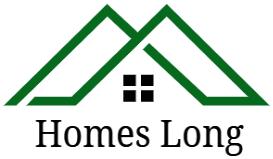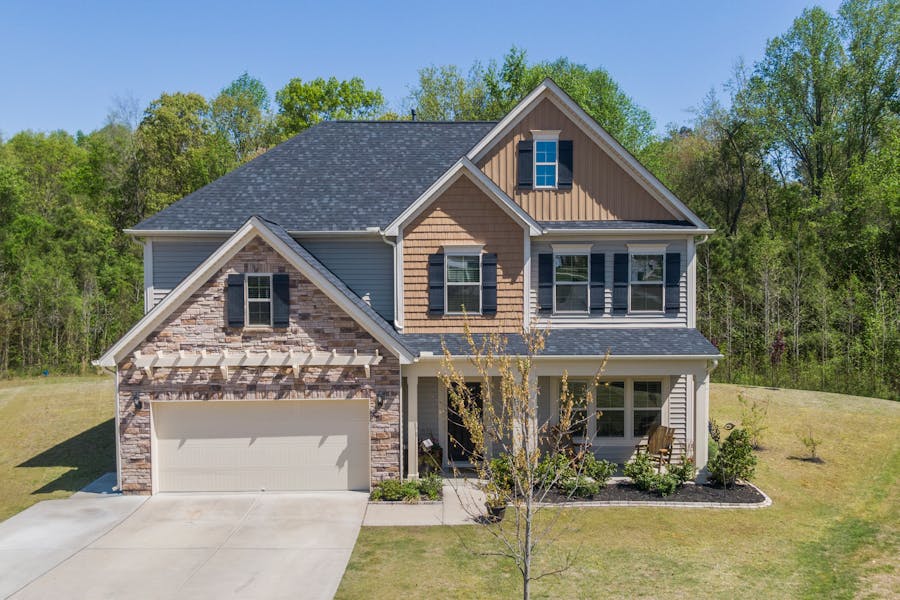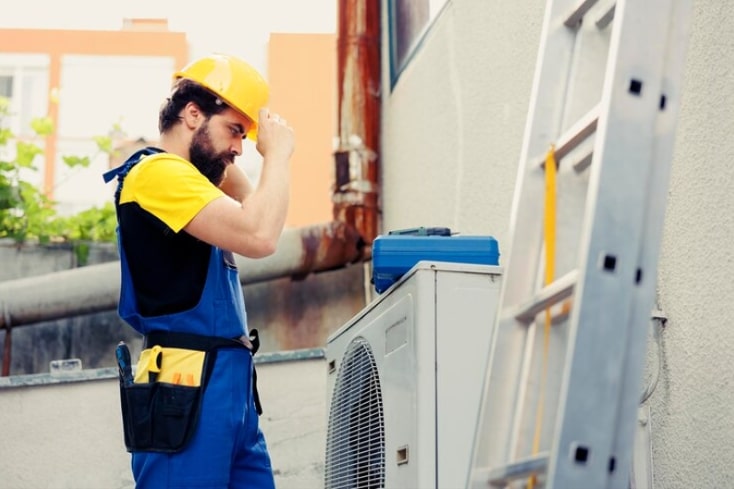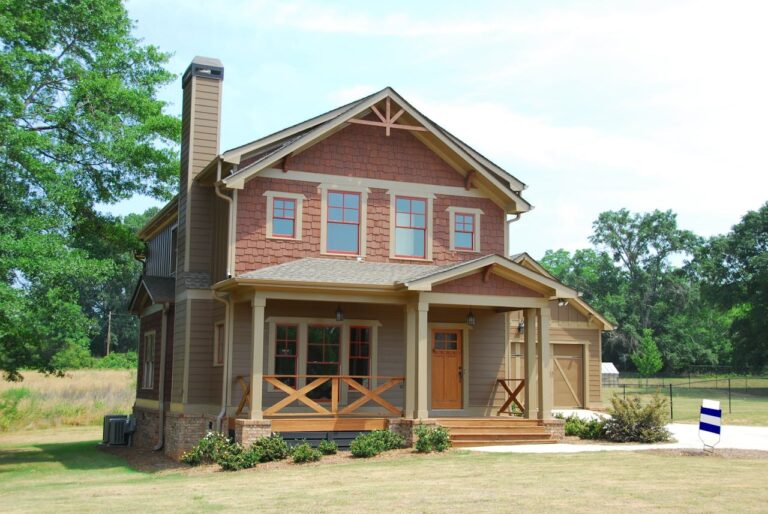As temperatures soar and heat waves become increasingly common, homeowners face a challenging dilemma: staying comfortable while managing skyrocketing energy bills. The scorching summer months can transform your monthly utility statement into a financial nightmare, but with strategic planning and smart cooling techniques, you can maintain a comfortable home environment without breaking the bank.
Heat waves don’t just threaten your comfort—they can devastate your budget if you’re unprepared. Understanding how to efficiently cool your home while minimizing energy consumption is essential for both your physical well-being and financial health. The key lies in implementing a comprehensive approach that combines energy-efficient practices, smart home improvements, and behavioral adjustments.
Understanding Heat Wave Energy Costs
During extreme heat events, air conditioning systems work overtime to maintain comfortable indoor temperatures. This increased workload translates directly to higher electricity consumption, often doubling or tripling your typical summer energy bills. The strain on electrical grids during peak usage hours frequently results in premium pricing, making every degree of cooling more expensive.
Most homes lose significant amounts of cool air through poor insulation, inefficient windows, and inadequate sealing around doors and vents. Addressing these issues before temperatures peak can dramatically reduce your cooling costs throughout the summer season. Small investments in weatherproofing and insulation often pay for themselves within a single cooling season.
Strategic Air Conditioning Management
Your air conditioning system represents the largest portion of your cooling costs, making its efficient operation crucial for budget management. Setting your thermostat to 78 degrees Fahrenheit when you’re home and 85 degrees when you’re away can reduce cooling costs by up to 20 percent without sacrificing comfort. Programmable thermostats automate these adjustments, ensuring optimal efficiency even when you forget to manually adjust settings.
Regular maintenance significantly impacts your system’s efficiency and longevity. Changing air filters monthly during peak usage periods, cleaning condenser coils, and ensuring proper refrigerant levels can improve efficiency by 15 to 20 percent. Scheduling professional maintenance before the hottest months arrive prevents costly breakdowns and ensures peak performance when you need it most.
Consider upgrading to a higher SEER (Seasonal Energy Efficiency Ratio) rating air conditioning unit if your current system is over ten years old. Modern units with SEER ratings of 18 or higher consume significantly less energy than older models, often reducing cooling costs by 30 to 50 percent. While the initial investment is substantial, federal tax credits and utility rebates frequently offset much of the upgrade cost.
Maximizing Natural Cooling Methods
Natural cooling techniques can substantially reduce your reliance on mechanical air conditioning while maintaining comfortable indoor temperatures. Strategic use of fans creates air circulation that makes higher temperatures feel more comfortable, allowing you to raise your thermostat setting without sacrificing comfort. Ceiling fans, in particular, can make a room feel up to eight degrees cooler through enhanced air movement.
Companies like Hunter Fan Company have developed energy-efficient ceiling fans that consume minimal electricity while providing maximum air circulation, making them excellent complementary cooling solutions. These fans use a fraction of the energy required by air conditioning systems while effectively distributing cool air throughout your living spaces.
Window coverings play a crucial role in heat management, with properly installed blinds, curtains, or reflective films blocking up to 77 percent of solar heat gain. Closing window treatments during the hottest parts of the day prevents your home from becoming a greenhouse, reducing the workload on your cooling system. Light-colored or reflective coverings work most effectively at deflecting heat away from your windows.
Smart Home Cooling Strategies
Creating cross-ventilation by strategically opening windows during cooler evening and early morning hours allows natural air circulation to cool your home without mechanical assistance. Whole-house fans can dramatically enhance this effect by pulling cool outside air through your living spaces while exhausting hot air through the attic.
Heat-generating appliances significantly impact your home’s internal temperature, forcing your air conditioning system to work harder. Avoiding the use of ovens, dryers, and dishwashers during peak heat hours reduces internal heat gain. When you must use these appliances, operate them during cooler evening hours to minimize their impact on your cooling costs.
Upgrading to LED lighting throughout your home eliminates significant heat production compared to traditional incandescent bulbs. LED bulbs produce 90 percent less heat while consuming 80 percent less electricity, providing both direct cooling benefits and reduced energy consumption.
Long-Term Energy Efficiency Improvements
Investing in proper insulation and air sealing creates lasting improvements in your home’s cooling efficiency. Attic insulation prevents hot air from penetrating your living spaces, while wall insulation maintains consistent indoor temperatures. Sealing gaps around windows, doors, and penetrations prevents conditioned air from escaping and hot air from entering.
Window upgrades to double or triple-pane models with low-E coatings dramatically reduce heat transfer while maintaining natural light. These improvements can reduce cooling costs by 25 to 30 percent while increasing your home’s overall value and comfort.
Emergency Cooling Strategies
During extreme heat events when power outages threaten, having backup cooling strategies becomes essential. Battery-powered fans, cooling towels, and strategic use of cold water can provide temporary relief without electricity. Creating a designated cooling area in the lowest level of your home, equipped with fans and cooling supplies, ensures family safety during power emergencies.
Staying hydrated and wearing appropriate clothing enhances your body’s natural cooling mechanisms, reducing your reliance on mechanical cooling systems. Light-colored, loose-fitting clothing and increased water consumption help maintain comfort at higher temperatures.
Financial Planning for Cooling Costs
Budget planning for increased summer energy costs prevents financial stress during heat waves. Setting aside funds throughout the year specifically for peak cooling expenses helps manage the seasonal spike in utility bills. Many utility companies offer budget billing programs that spread annual costs evenly across twelve months, eliminating seasonal payment shocks.
Taking advantage of time-of-use electricity rates, where available, can significantly reduce cooling costs by shifting energy consumption to off-peak hours. Running air conditioning systems primarily during lower-rate periods while using alternative cooling methods during peak-rate hours maximizes savings.
By implementing these comprehensive cooling strategies, you can maintain comfortable indoor temperatures throughout even the most intense heat waves while keeping your energy costs manageable. The combination of efficient equipment, smart usage patterns, and strategic home improvements creates a sustainable approach to summer comfort that protects both your family’s well-being and your financial resources.







